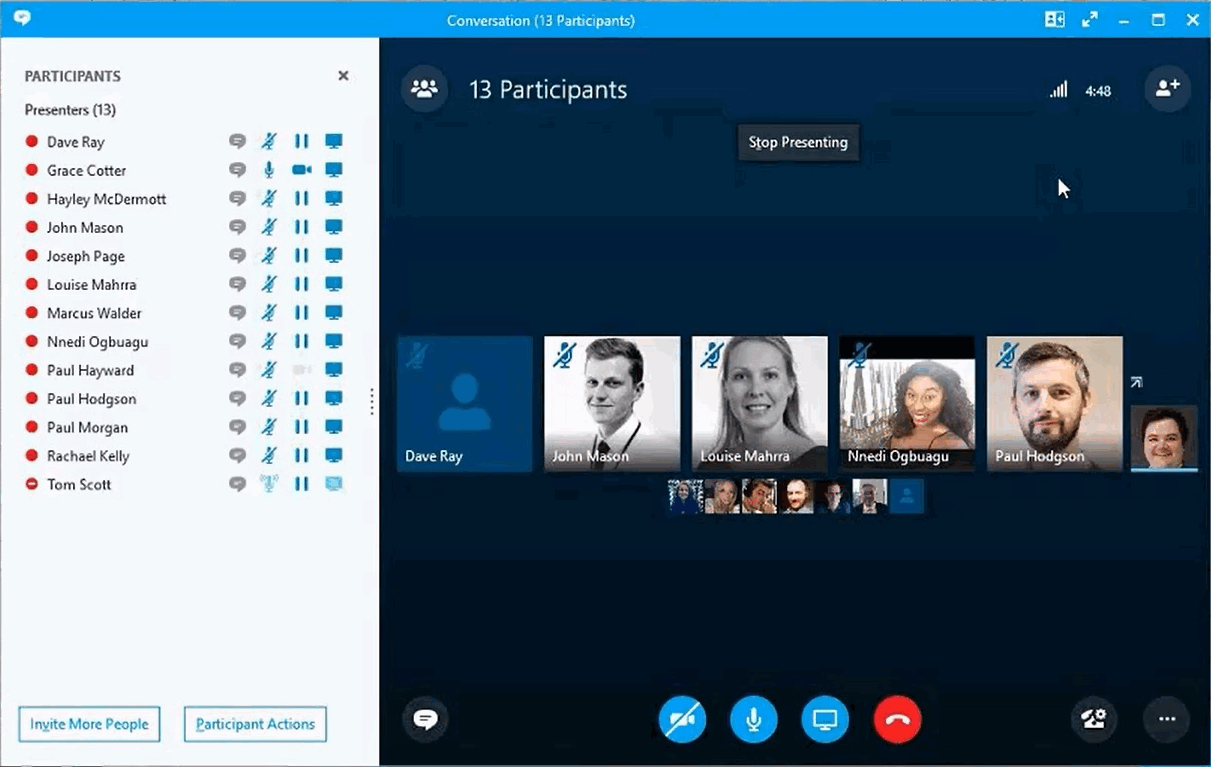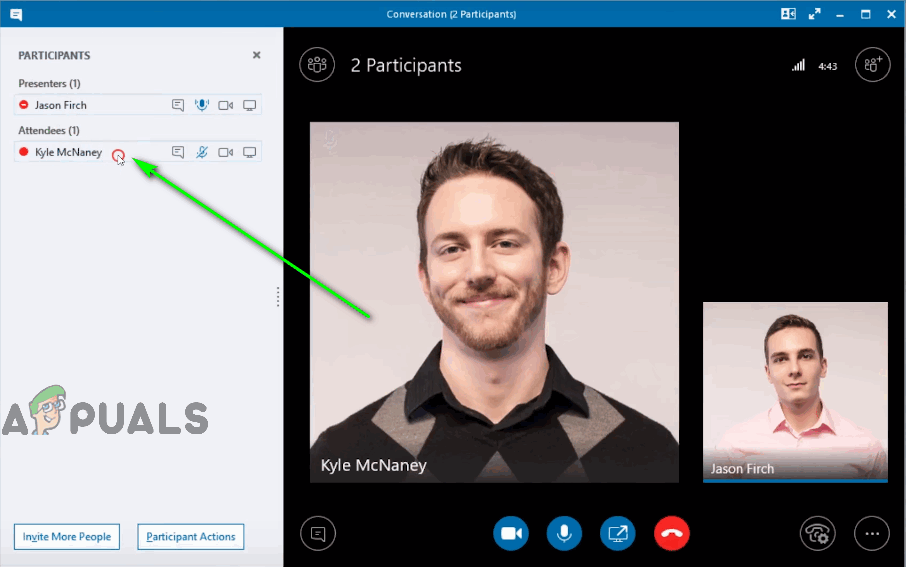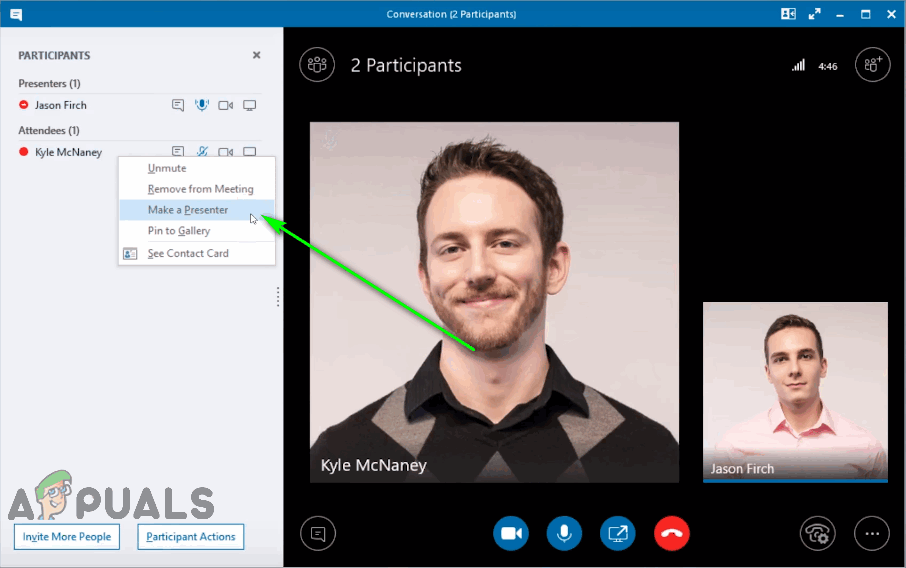‘Appoint Presenter for a Skype for Business Conference’ [Guide]
Skype for Business is the complete communication and collaboration solution for workplaces across the globe. Skype4B takes all of the functionalities of Skype and combines them with an arsenal of features designed specifically for groups and organizations, creating the perfect fit for any work environment. One of the most effective and integral tools in Skype for Business’ arsenal is group calling – aptly known as “conference calling”. While Skype4B is far from perfect, conference calling is an absolute godsend of a feature that allows you to start and host a call (that includes both audio and video) between more than two people. Conference call goes a long way in facilitating communication and teamwork within a work environment, allowing you to share your ideas, visual content, files and even your computer desktop with your colleagues.

Who is a Presenter?
During a Skype for Business conference call, the presenter is the attendee who has full control over the ongoing conference. The presenter can not only share content (such as presentations and their computer desktop) with all those in attendance, but also record the call, change preferences and settings for the conference as it goes on, mute specific attendees, and more. By default, all of these powers rest with the person who initiated the conference call. However, another presenter (or multiple presenters) can be appointed for the conference using the same computer the conference call originated from, or by an existing presenter.
Appoint a presenter for a Skype for Business conference call
To appoint a presenter for a Skype for Business conference call, you need to:
- If the conference call you want to appoint a presenter for is already in progress, skip ahead to step 4. If you have not started the conference call yet, however, you may proceed. Launch your Skype for Business client and, if required to do so, log in.
- Press and hold the Ctrl key, and while doing so, locate and click on every single contact in your Contacts list that you want attending the conference call. Let go of the Ctrl key once you’re done making selections.
- Right-click on any one of the contacts you selected and click on Start a Conference Call in the resulting context menu.

Click on Start a Conference Call Note: In the event that you missed someone or want to add another person to the conference call while it is already in progress, click on Invite More People in the Participants pane, click on who you want to add in the Contacts list to select them, and click on OK to have the person added to the meeting.
- Once the conference call is underway, click on the Participants button in the top-left corner of the conference call screen.

Click on the Participants button in the top-left corner - In the Participants pane on the left side of your screen, locate and right-click on the person you want to appoint as a presenter under the Attendees section.

Right-click on the name of the person you want to appoint as a presenter - In the resulting context menu, click on Make a Presenter.

Click on Make a Presenter
As soon as you do so, the selected attendee will be moved to the Presenters section of the Participants pane, granted Presenter privileges, and given full control of the conference call. You can now close the Participants pane and proceed with your meeting. You can appoint as many attendees as you want as presenters, and the presenter role can also be passed around from one attendee to another during a conference.





